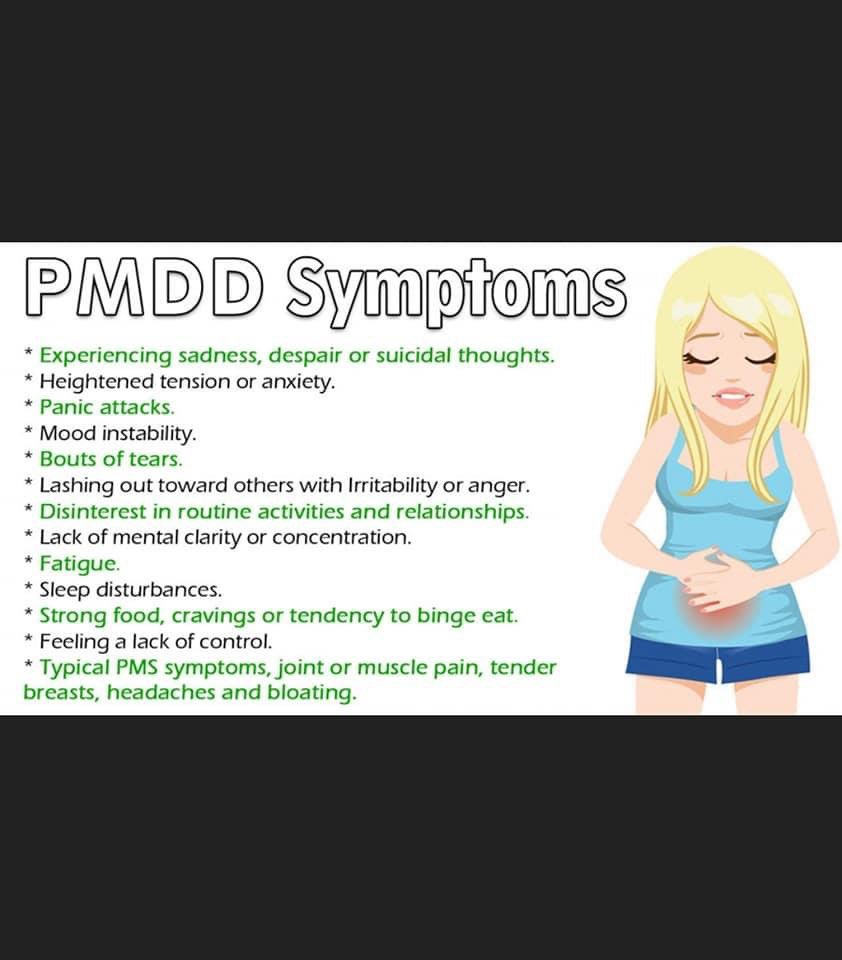Sad symptoms and treatment. Navigating Seasonal Affective Disorder: Symptoms, Treatment, and SAMHSA’s National Helpline
What is seasonal affective disorder? How can SAMHSA’s National Helpline provide support? Explore the symptoms, causes, and effective treatments for this type of depression.
Understanding Seasonal Affective Disorder (SAD)
Seasonal affective disorder (SAD) is a type of depression that is related to changes in the seasons. For many individuals, SAD symptoms start in the late fall or early winter and subside during the spring and summer months. In some cases, however, people may experience depressive episodes during the warmer months, a condition known as summer-pattern SAD or summer depression.
Recognizing the Symptoms of SAD
The symptoms of SAD can vary from person to person, but they typically include:
- Feeling depressed, hopeless, or anxious
- Experiencing a loss of interest in activities you once enjoyed
- Experiencing changes in appetite, with either an increase or decrease in hunger
- Experiencing changes in sleep patterns, such as sleeping more or having difficulty sleeping
- Feeling fatigued and lacking energy
- Having difficulty concentrating or making decisions
- Experiencing feelings of worthlessness or excessive guilt
Causes and Risk Factors of Seasonal Affective Disorder
The exact causes of SAD are not fully understood, but researchers believe that several factors may contribute to the condition, including:

- Reduced sunlight exposure: The decrease in sunlight exposure during the fall and winter months can disrupt the body’s internal clock and lead to a hormonal imbalance, which can trigger depressive symptoms.
- Serotonin levels: Reduced sunlight exposure can also affect the brain’s serotonin levels, which play a crucial role in mood regulation.
- Melatonin production: Changes in melatonin production, a hormone that regulates sleep and mood, have been linked to the development of SAD.
- Vitamin D deficiency: Decreased sunlight exposure can lead to a vitamin D deficiency, which has been associated with an increased risk of SAD.
Effective Treatments for Seasonal Affective Disorder
Fortunately, there are several effective treatments available for individuals suffering from SAD, including:
- Light therapy: Exposure to bright, artificial light can help regulate the body’s circadian rhythms and increase serotonin production, leading to an improvement in mood.
- Psychotherapy: Cognitive-behavioral therapy (CBT) can help individuals with SAD identify and change negative thought patterns, as well as develop coping strategies for managing their symptoms.
- Medication: Antidepressant medications, such as selective serotonin reuptake inhibitors (SSRIs), can be effective in treating the symptoms of SAD.
- Lifestyle changes: Engaging in regular exercise, maintaining a healthy sleep schedule, and increasing exposure to natural sunlight can also help alleviate the symptoms of SAD.
SAMHSA’s National Helpline: A Valuable Resource
If you or a loved one is struggling with the symptoms of seasonal affective disorder, SAMHSA’s National Helpline can be a valuable resource. This free, confidential, 24/7 service provides information and referrals to local treatment facilities, support groups, and community-based organizations that can help individuals and families facing mental and/or substance use disorders.

Seeking Professional Help
If you are experiencing persistent or severe symptoms of seasonal affective disorder, it is important to seek professional help. A healthcare provider, such as a primary care physician or a mental health professional, can evaluate your symptoms, determine the appropriate course of treatment, and provide the support and resources you need to manage your condition effectively.
Conclusion
Seasonal affective disorder is a type of depression that is closely linked to changes in the seasons. By understanding the symptoms, causes, and effective treatments for SAD, individuals can take proactive steps to manage their condition and improve their overall well-being. With the support of SAMHSA’s National Helpline and other professional resources, those affected by SAD can find the help and guidance they need to overcome the challenges of this seasonal condition.
SAMHSA’s National Helpline | SAMHSA
SAMHSA’s National Helpline is a free, confidential, 24/7, 365-day-a-year treatment referral and information service (in English and Spanish) for individuals and families facing mental and/or substance use disorders.
Also visit the online treatment locator.
Frequently Asked Questions
Expand All | Collapse All
SAMHSA’s National Helpline, 1-800-662-HELP (4357) (also known as the Treatment Referral Routing Service), or TTY: 1-800-487-4889 is a confidential, free, 24-hour-a-day, 365-day-a-year, information service, in English and Spanish, for individuals and family members facing mental and/or substance use disorders. This service provides referrals to local treatment facilities, support groups, and community-based organizations.
Also visit the online treatment locator, or send your zip code via text message: 435748 (HELP4U) to find help near you. Read more about the HELP4U text messaging service.
The service is open 24/7, 365 days a year.
English and Spanish are available if you select the option to speak with a national representative. Currently, the 435748 (HELP4U) text messaging service is only available in English.
In 2020, the Helpline received 833,598 calls. This is a 27 percent increase from 2019, when the Helpline received a total of 656,953 calls for the year.
The referral service is free of charge. If you have no insurance or are underinsured, we will refer you to your state office, which is responsible for state-funded treatment programs. In addition, we can often refer you to facilities that charge on a sliding fee scale or accept Medicare or Medicaid. If you have health insurance, you are encouraged to contact your insurer for a list of participating health care providers and facilities.
The service is confidential. We will not ask you for any personal information. We may ask for your zip code or other pertinent geographic information in order to track calls being routed to other offices or to accurately identify the local resources appropriate to your needs.
We may ask for your zip code or other pertinent geographic information in order to track calls being routed to other offices or to accurately identify the local resources appropriate to your needs.
No, we do not provide counseling. Trained information specialists answer calls, transfer callers to state services or other appropriate intake centers in their states, and connect them with local assistance and support.
Body
Suggested Resources
What Is Substance Abuse Treatment? A Booklet for Families
Created for family members of people with alcohol abuse or drug abuse problems. Answers questions about substance abuse, its symptoms, different types of treatment, and recovery. Addresses concerns of children of parents with substance use/abuse problems.
It’s Not Your Fault (NACoA) (PDF | 12 KB)
Assures teens with parents who abuse alcohol or drugs that, “It’s not your fault!” and that they are not alone. Encourages teens to seek emotional support from other adults, school counselors, and youth support groups such as Alateen, and provides a resource list.
After an Attempt: A Guide for Taking Care of Your Family Member After Treatment in the Emergency Department
Aids family members in coping with the aftermath of a relative’s suicide attempt. Describes the emergency department treatment process, lists questions to ask about follow-up treatment, and describes how to reduce risk and ensure safety at home.
Family Therapy Can Help: For People in Recovery From Mental Illness or Addiction
Explores the role of family therapy in recovery from mental illness or substance abuse. Explains how family therapy sessions are run and who conducts them, describes a typical session, and provides information on its effectiveness in recovery.
For additional resources, please visit the SAMHSA Store.
Last Updated
Last Updated: 06/09/2023
NIMH » Seasonal Affective Disorder
What is seasonal affective disorder?
Many people go through short periods of time where they feel sad or not like their usual selves.:max_bytes(150000):strip_icc()/adhd-in-young-children-20844-a5a7da14c01543ce9b90d1d1d6a64757.png) Sometimes, these mood changes begin and end when the seasons change. People may start to feel “down” when the days get shorter in the fall and winter (also called “winter blues”) and begin to feel better in the spring, with longer daylight hours.
Sometimes, these mood changes begin and end when the seasons change. People may start to feel “down” when the days get shorter in the fall and winter (also called “winter blues”) and begin to feel better in the spring, with longer daylight hours.
In some cases, these mood changes are more serious and can affect how a person feels, thinks, and handles daily activities. If you have noticed significant changes in your mood and behavior whenever the seasons change, you may be suffering from seasonal affective disorder (SAD), a type of depression.
In most cases, SAD symptoms start in the late fall or early winter and go away during the spring and summer; this is known as winter-pattern SAD or winter depression. Some people may experience depressive episodes during the spring and summer months; this is called summer-pattern SAD or summer depression and is less common.
What are the signs and symptoms of SAD?
SAD is not considered a separate disorder but is a type of depression characterized by its recurrent seasonal pattern, with symptoms lasting about 4 to 5 months per year.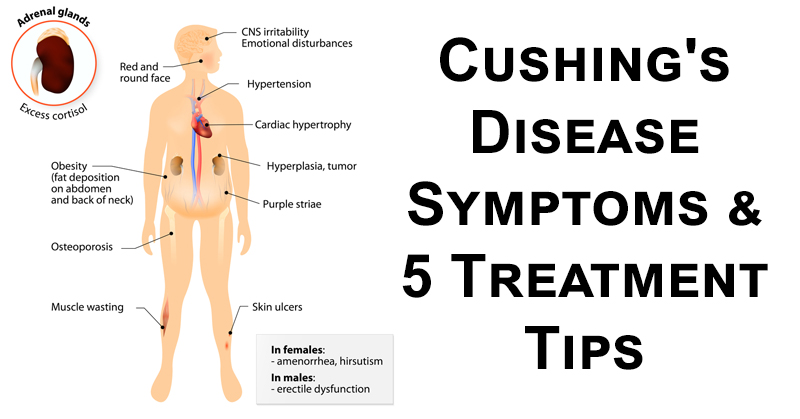 Therefore, the signs and symptoms of SAD include those associated with major depression, and some specific symptoms that differ for winter-pattern and summer-pattern SAD. Not every person with SAD will experience all of the symptoms listed below.
Therefore, the signs and symptoms of SAD include those associated with major depression, and some specific symptoms that differ for winter-pattern and summer-pattern SAD. Not every person with SAD will experience all of the symptoms listed below.
Symptoms of major depression may include:
- Feeling depressed most of the day, nearly every day
- Losing interest in activities you once enjoyed
- Experiencing changes in appetite or weight
- Having problems with sleep
- Feeling sluggish or agitated
- Having low energy
- Feeling hopeless or worthless
- Having difficulty concentrating
- Having frequent thoughts of death or suicide
For winter-pattern SAD, additional specific symptoms may include:
- Oversleeping (hypersomnia)
- Overeating, particularly with a craving for carbohydrates
- Weight gain
- Social withdrawal (feeling like “hibernating”)
Specific symptoms for summer-pattern SAD may include:
- Trouble sleeping (insomnia)
- Poor appetite, leading to weight loss
- Restlessness and agitation
- Anxiety
- Episodes of violent behavior
Get Immediate Help
If you or someone you know is in immediate distress or is thinking about hurting themselves, call the National Suicide Prevention Lifeline toll-free at 1-800-273-TALK (8255). You also can text the Crisis Text Line (HELLO to 741741) or use the Lifeline Chat on the National Suicide Prevention Lifeline website.
You also can text the Crisis Text Line (HELLO to 741741) or use the Lifeline Chat on the National Suicide Prevention Lifeline website.
How is SAD diagnosed?
If you think you may be suffering from SAD, talk to your health care provider or a mental health specialist about your concerns. They may have you fill out specific questionnaires to determine if your symptoms meet the criteria for SAD.
To be diagnosed with SAD, a person must meet the following criteria:
- They must have symptoms of major depression or the more specific symptoms listed above.
- The depressive episodes must occur during specific seasons (i.e., only during the winter months or the summer months) for at least 2 consecutive years. However, not all people with SAD do experience symptoms every year.
- The episodes must be much more frequent than other depressive episodes that the person may have had at other times of the year during their lifetime.

Who develops SAD?
Millions of American adults may suffer from SAD, although many may not know they have the condition. SAD occurs much more often in women than in men, and it is more common in those living farther north, where there are shorter daylight hours in the winter. For example, people living in Alaska or New England may be more likely to develop SAD than people living in Florida. In most cases, SAD begins in young adulthood.
SAD is more common in people with major depressive disorder or bipolar disorder, especially bipolar II disorder, which is associated with recurrent depressive and hypomanic episodes (less severe than the full-blown manic episodes typical of bipolar I disorder). Additionally, people with SAD tend to have other mental disorders, such as attention-deficit/hyperactivity disorder, an eating disorder, an anxiety disorder, or panic disorder. Learn more about these disorders by visiting the NIMH Mental Health Information page.
SAD sometimes runs in families. SAD is more common in people who have relatives with other mental illnesses, such as major depression or schizophrenia.
SAD is more common in people who have relatives with other mental illnesses, such as major depression or schizophrenia.
What causes SAD?
Scientists do not fully understand what causes SAD. Research indicates that people with SAD may have reduced activity of the brain chemical (neurotransmitter) serotonin, which helps regulate mood. Research also suggests that sunlight controls the levels of molecules that help maintain normal serotonin levels, but in people with SAD, this regulation does not function properly, resulting in decreased serotonin levels in the winter.
Other findings suggest that people with SAD produce too much melatonin—a hormone that is central for maintaining the normal sleep-wake cycle. Overproduction of melatonin can increase sleepiness.
Both serotonin and melatonin help maintain the body’s daily rhythm that is tied to the seasonal night-day cycle. In people with SAD, the changes in serotonin and melatonin levels disrupt the normal daily rhythms. As a result, they can no longer adjust to the seasonal changes in day length, leading to sleep, mood, and behavior changes.
As a result, they can no longer adjust to the seasonal changes in day length, leading to sleep, mood, and behavior changes.
Deficits in vitamin D may exacerbate these problems because vitamin D is believed to promote serotonin activity. In addition to vitamin D consumed with diet, the body produces vitamin D when exposed to sunlight on the skin. With less daylight in the winter, people with SAD may have lower vitamin D levels, which may further hinder serotonin activity.
Negative thoughts and feelings about the winter and its associated limitations and stresses are common among people with SAD (as well as others). It is unclear whether these are “causes” or “effects” of the mood disorder, but they can be a useful focus of treatment.
How is SAD treated?
Treatments are available that can help many people with SAD. They fall into four main categories that may be used alone or in combination:
- Light therapy
- Psychotherapy
- Antidepressant medications
- Vitamin D
Talk to your health care provider about which treatment, or combination of treatments, is best for you. For tips for talking with your health care provider, refer to the NIMH fact sheet, Taking Control of Your Mental Health: Tips for Talking With Your Health Care Provider.
For tips for talking with your health care provider, refer to the NIMH fact sheet, Taking Control of Your Mental Health: Tips for Talking With Your Health Care Provider.
Light Therapy
Since the 1980s, light therapy has been a mainstay for the treatment of SAD. It aims to expose people with SAD to a bright light every day to make up for the diminished natural sunshine in the darker months.
For this treatment, the person sits in front of a very bright light box (10,000 lux) every day for about 30 to 45 minutes, usually first thing in the morning, from fall to spring. The light boxes, which are about 20 times brighter than ordinary indoor light, filter out the potentially damaging UV light, making this a safe treatment for most. However, people with certain eye diseases or people taking certain medications that increase sensitivity to sunlight may need to use alternative treatments or use light therapy under medical supervision.
Psychotherapy or “Talk Therapy”
Cognitive behavioral therapy (CBT) is a type of talk therapy aimed at helping people learn how to cope with difficult situations; CBT also has been adapted for people with SAD (CBT-SAD). It is typically conducted in two weekly group sessions for 6 weeks and focuses on replacing negative thoughts related to the winter season (e.g., about the darkness of winter) with more positive thoughts. CBT-SAD also uses a process called behavioral activation, which helps individuals identify and schedule pleasant, engaging indoor or outdoor activities to combat the loss of interest they typically experience in the winter.
It is typically conducted in two weekly group sessions for 6 weeks and focuses on replacing negative thoughts related to the winter season (e.g., about the darkness of winter) with more positive thoughts. CBT-SAD also uses a process called behavioral activation, which helps individuals identify and schedule pleasant, engaging indoor or outdoor activities to combat the loss of interest they typically experience in the winter.
When researchers directly compared CBT with light therapy, both treatments were equally effective in improving SAD symptoms. Some symptoms seemed to get better a little faster with light therapy than with CBT. However, a long-term study that followed SAD patients for two winters found that the positive effects of CBT seemed to last longer over time.
Medications
Because SAD, like other types of depression, is associated with disturbances in serotonin activity, antidepressant medications called selective serotonin reuptake inhibitors (SSRIs) are also used to treat SAD when symptoms occur.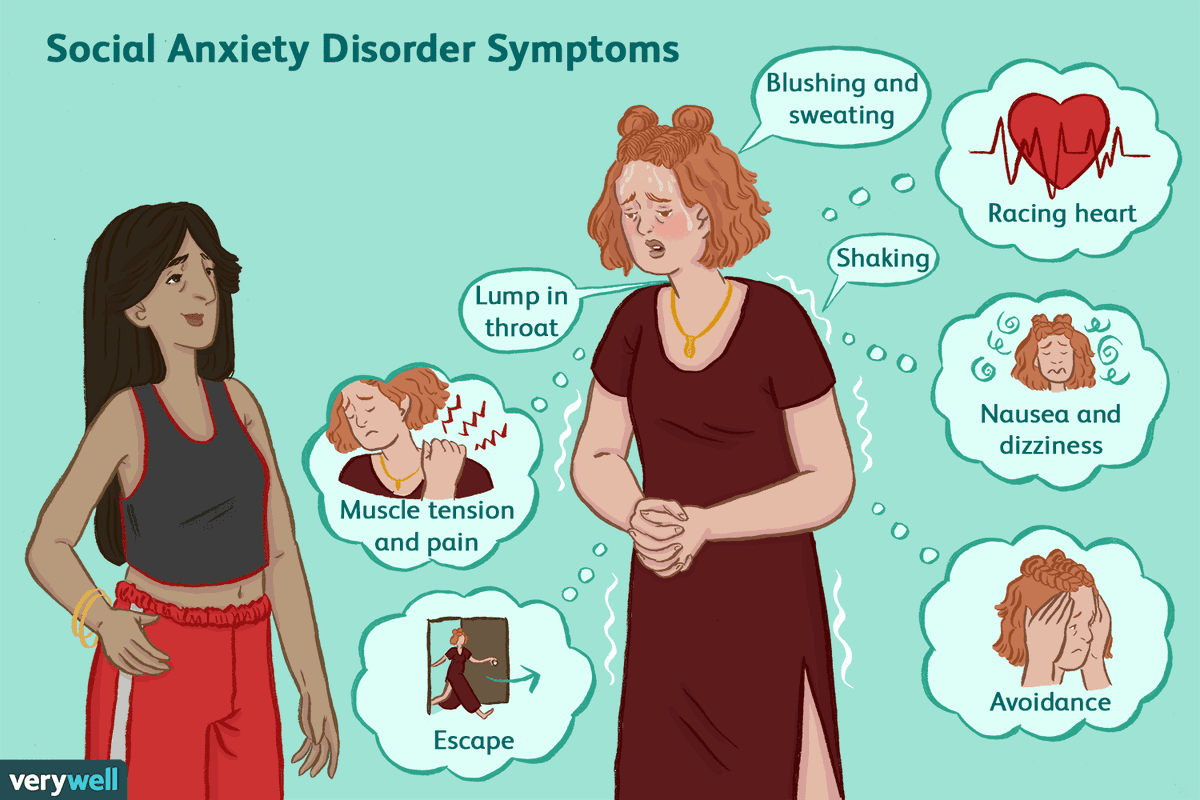 These agents can significantly enhance patients’ moods. Commonly used SSRIs include fluoxetine, citalopram, sertraline, paroxetine, and escitalopram.
These agents can significantly enhance patients’ moods. Commonly used SSRIs include fluoxetine, citalopram, sertraline, paroxetine, and escitalopram.
The U.S. Food and Drug Administration (FDA) also has approved another type of antidepressant, bupropion, in an extended-release form, that can prevent recurrence of seasonal major depressive episodes when taken daily from the fall until the following early spring.
All medications can have side effects. Talk to your doctor about the possible risk of using these medications for your condition. You may need to try several different antidepressant medications before finding one that improves your symptoms without causing problematic side effects. For basic information about SSRIs, bupropion, and other mental health medications, visit the NIMH Mental Health Medications page. Also, visit the FDA website for the most up-to-date information on medications, side effects, and warnings.
Vitamin D
Because many people with SAD often have vitamin D deficiency, nutritional supplements of vitamin D may help improve their symptoms. However, studies testing whether vitamin D is effective in SAD treatment have produced mixed findings, with some results indicating that it is as effective as light therapy but others detecting no effect.
However, studies testing whether vitamin D is effective in SAD treatment have produced mixed findings, with some results indicating that it is as effective as light therapy but others detecting no effect.
Can SAD be prevented?
Because the timing of the onset of winter pattern-SAD is so predictable, people with a history of SAD might benefit from starting the treatments mentioned above before the fall to help prevent or reduce the depression. To date, very few studies have investigated this question, and existing studies have found no convincing evidence that starting light therapy or psychotherapy ahead of time could prevent the onset of depression. Only preventive treatment with the antidepressant bupropion prevented SAD in study participants, but it also had a higher risk of side effects. Therefore, people with SAD should discuss with their health care providers if they want to initiate treatment early to prevent depressive episodes.
Are there clinical trials studying SAD?
NIMH supports a wide range of research, including clinical trials that look at new ways to prevent, detect, or treat diseases and conditions—including SAD. Although individuals may benefit from being part of a clinical trial, participants should be aware that the primary purpose of a clinical trial is to gain new scientific knowledge so that others may be better helped in the future.
Although individuals may benefit from being part of a clinical trial, participants should be aware that the primary purpose of a clinical trial is to gain new scientific knowledge so that others may be better helped in the future.
Researchers at NIMH and around the country conduct clinical trials with patients and healthy volunteers. Talk to your health care provider about clinical trials, their benefits and risks, and whether one is right for you. For more information about clinical research and how to find clinical trials being conducted around the country, visit the NIMH Clinical Trials page.
Reprints
The information in this publication is in the public domain and may be reused or copied without permission. However, you may not reuse or copy the images in the publication. If you do use our materials, we request that you cite the National Institute of Mental Health. To learn more about using NIMH publications, refer to NIMH’s reprint guidelines./bipolar-disorder-how-often-do-people-cycle-3788142-c4da3009853b4ee888457dee0727e260.png)
For More Information
MedlinePlus (En español )
ClinicalTrials.gov (En español )
U.S. DEPARTMENT OF HEALTH AND HUMAN SERVICES
National Institutes of Health
NIH Publication No. 20-MH-8138
Personality disorder – causes, types, types, symptoms, signs, diagnosis (test), treatment
Features
Causes
Symptoms
Diagnosis
Treatment
Personality disorder, the causes of which are not always obvious, used to be called constitutional psychopathy. This is a mental disorder that accompanies a person throughout life. The main changes affect the character, thinking and behavior, which causes difficulties in social adaptation. The psychopath breaks the norms and rules accepted in the social environment. The severity of the changes is different – from everyday inconsistency to criminal acts with subsequent restriction of freedom.
Features of personality disorder
World statistics of diseases states that about 10% of the world’s population suffers from psychopathy. Each type of personality disorder accounts for an average of about 2% of cases. A distinctive feature is that the first manifestations are noticeable already in early childhood, practically unchanged throughout life.
Each type of personality disorder accounts for an average of about 2% of cases. A distinctive feature is that the first manifestations are noticeable already in early childhood, practically unchanged throughout life.
Psychopathy is not quite a disease in the usual sense of the word. The disease has a beginning, progression and consequences in the form of organic (irreversible) disorders of the function and structure of organs. Psychopathy is a special, painful personality structure that does not undergo any changes in the changing conditions of life. This prevents the psychopath from adapting to the environment. Relatively speaking, a person with a personality disorder will behave in the same way with a first grader and a scientist, in a tram and a living room, not realizing that different people and situations require different behavior.
The problem of psychopathic personalities, anomalies of character was thoroughly studied by the Soviet and Russian psychiatrist Pyotr Borisovich Gannushkin, whose definitions of personality disorders have not lost their relevance to this day.
Causes of personality disorders
Experts consider several main reasons:
- genetic factor – practice shows that pathological character traits are found in representatives of different generations of the same family;
- an established vicious system of interpersonal relationships – the child does not have before his eyes an example of a normal, sympathetic and empathetic family;
- a psychopathic pattern (template, model) of behavior that the child unconsciously copies due to the lack of other examples;
- pathological pregnancy, difficult childbirth and diseases of early childhood;
- childhood abuse, physical or psychological;
- difficult childhood, unfavorable developmental conditions.
Researchers believe that genetic factors are of paramount, determining importance. This theory is confirmed by the twin method: identical brothers and sisters, separated in early childhood and raised in different families, behave exactly the same in adulthood. Twins who have never interacted with each other show the same types of personality disorder.
Twins who have never interacted with each other show the same types of personality disorder.
Personality disorder symptoms
Gannushkin identified 7 types of psychopathy. Since the 90s, when the 10th revision of the International Classification of Diseases, Injuries and Causes of Death came out, the condition has been called a personality disorder, but the essence has not changed. Each type of psychopathy has its own distinctive features.
Schizotypal personality disorder is distinguished by the minimization of social contacts, lack of need for communication, coldness, lack of empathy (the ability to empathize). Schizoids are attracted to fantasies, various distant theories, they are unable to perceive life directly, sensually. Teamwork is not for them, they can be more or less successful in individual activities. Their main feature is indifference, both to themselves and to others. Such people sincerely do not understand what pleasure and joy are, because they have never experienced them.
Bipolar personality disorder according to Gannushkin includes 3 types: depressive, agitated and cyclothymic. Depressives are lifelong pessimists who are able to see only sad, gloomy sides in all the diversity of life. Excited – easy-going, carried away, often unable to foresee the consequences of their actions. The vast majority of gamblers and swindlers are of this type. Cyclothymics combine both of the above features, they are characterized by undulating mood swings, lack of stable attachments, blurring and diversity of interests.
Dissociative identity disorder in Western culture is called a split identity. It is believed that several personalities coexist in one person, which are periodically activated. We have been using this diagnosis since 2000, but it does not take root well. Domestic psychiatrists consider this disorder a kind of psychological defense of a person who has experienced extreme, unbearably painful emotions. At the same time, a person perceives the events of his life as something that happened to others.
Narcissistic personality disorder refers to the Greek myth of Narcissus, a young man who preferred the love of a real girl to looking at his reflection in the water of a stream. Like the hero of a myth, a narcissist is convinced of his exclusivity and originality, and this applies to everything from appearance to achievements. The narcissist believes that real achievements are hindered by the envy of others who put up all sorts of obstacles. Own uniqueness requires constant confirmation, so the narcissist maintains relationships only with those who admire him.
Organic personality disorder – a consequence of damage to the brain tissue by various hazards: trauma, intoxication, infection. Such a disorder occurs in the clinic in patients who have had a stroke, encephalitis, in alcoholics and drug addicts. In the latter, the condition is aggravated by the consequences of closed craniocerebral injuries, which they receive when falling from a height of their own height in a state of intoxication.
In a mild form of the disorder, the patient is disturbed by frequent headaches, weakness, fatigue, tearfulness, intolerance to stuffiness, meteorological dependence. Over time, thinking is disturbed, thoroughness, viscosity, concentration on minor details joins. Such a patient cannot separate the main from the secondary, speech becomes impoverished, emotions coarsen, periods of an evil-dreary mood (dysphoria) occur. An intellectual decline occurs, the patient cannot cope with the previous work, criminal episodes with fights and bodily injuries to the “offender” are not uncommon.
Borderline personality disorder is manifested by unstable mood, fluctuating from overestimation of oneself to humiliation. Patients are impulsive, commit rash acts, anxious, suicidal. Any little thing causes a feeling of emptiness, fears of being unnecessary, “thrown out of life.” This disorder is the basis for the formation of drug addiction and eating disorders.
Personality disorder diagnostics
It is desirable to carry out such a diagnosis as early as possible, because the disorder accompanies a person all his life.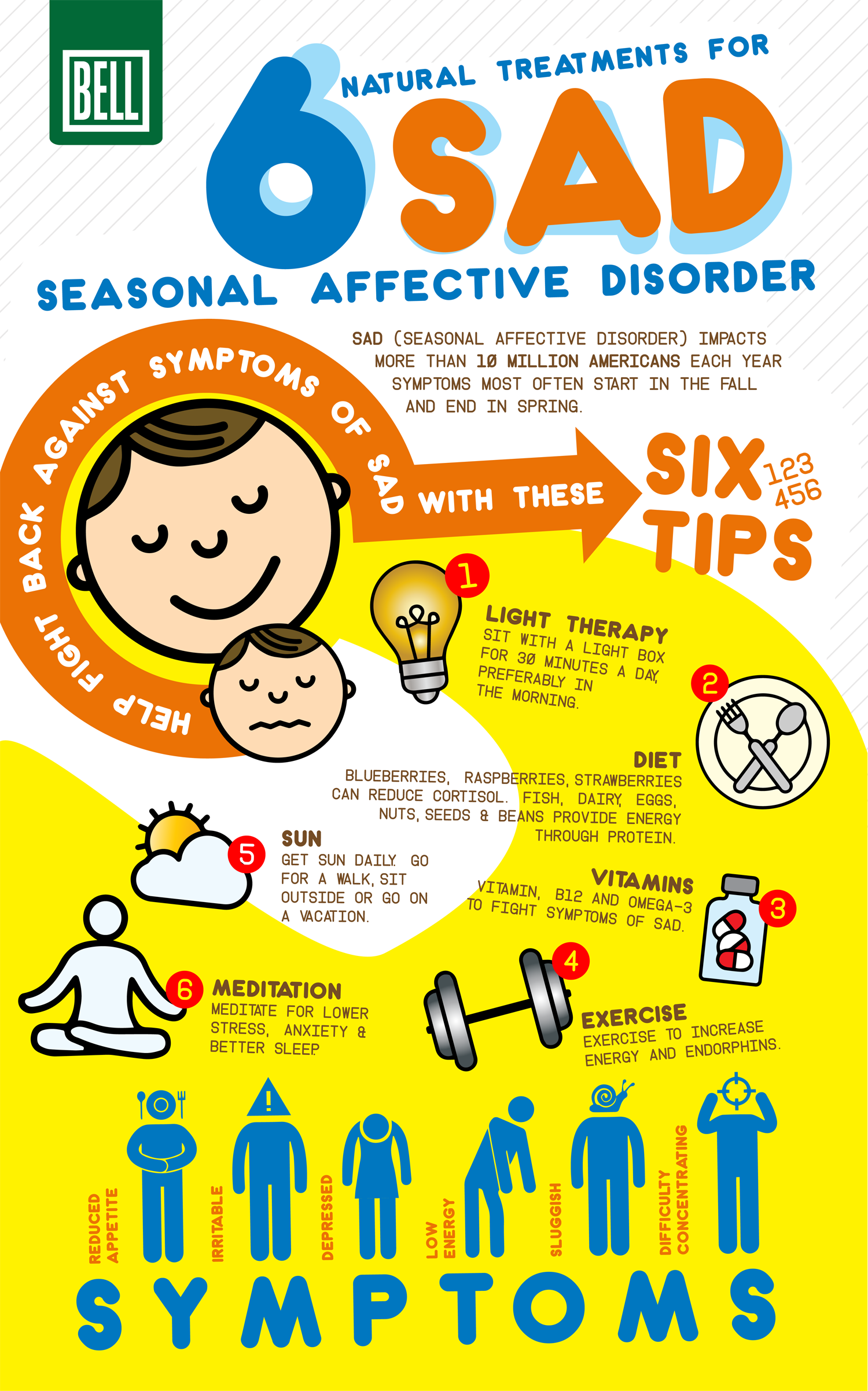 Problem children should be under the supervision of a child psychiatrist in order to overcome teenage difficulties with minimal losses. Even a single consultation with a specialist will allow parents to correct the behavior of the baby, as they will understand the motives of his actions.
Problem children should be under the supervision of a child psychiatrist in order to overcome teenage difficulties with minimal losses. Even a single consultation with a specialist will allow parents to correct the behavior of the baby, as they will understand the motives of his actions.
A variety of tests for personality disorder are used in adolescents and adults. Popular tests based on the work of Eysenck, Beck, Freeman. The test is a questionnaire with several standardized answers, a lie scale is provided so that the subject cannot be misled. The tests are fairly objective and are widely used in the clinic.
Personality disorder treatment
The basis of treatment is the choice of a life path, profession and occupation suitable for the type of personality. This is where a clinical psychologist can help. An occupation corresponding to a personality type can make a person so successful that no one will notice the disorder.
In severe cases, when the time for professional orientation is missed, medications (antidepressants, tranquilizers, nootropics), psychotherapeutic methods, including psychoanalysis, are used.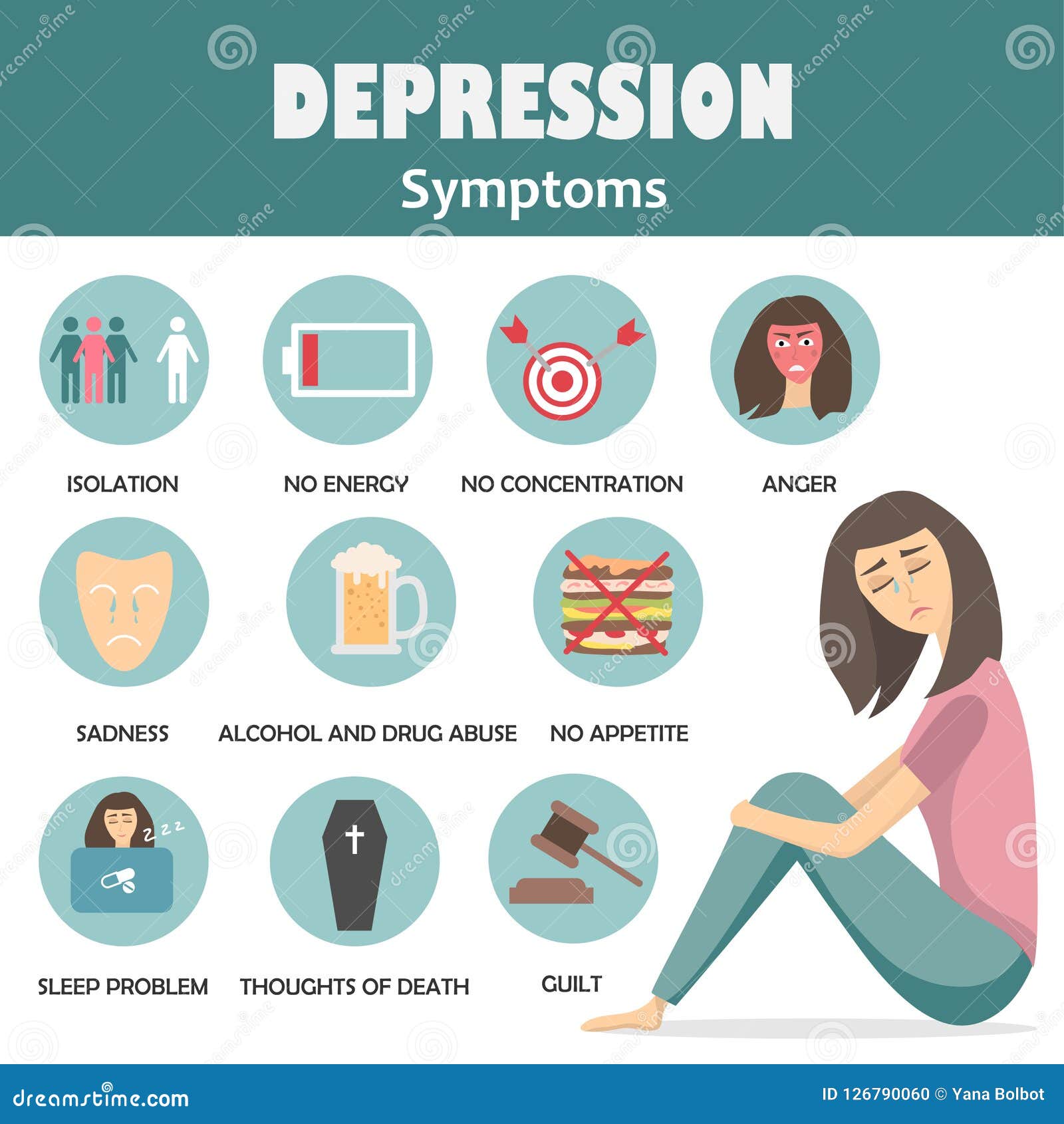 Treatment options for advanced personality disorders are limited, especially in patients with addiction or irreversible brain damage.
Treatment options for advanced personality disorders are limited, especially in patients with addiction or irreversible brain damage.
The best solution for suspected psychopathy is timely consultation with an experienced psychiatrist.
Author of the article:
Novikov Vladimir Sergeevich
psychotherapist, clinical psychologist, PhD, member of the Professional Psychotherapeutic League, Ph.D.
reviews Leave a review
Clinic
m. Frunzenskaya
Reviews
Services
- Title
- Initial appointment, consultation with a psychotherapist (up to 1 hour) 4400
- Repeated appointment, consultation with a psychotherapist (up to 1 hour)3000
Health articles
All articlesAllergistGastroenterologistHematologistGynecologistDermatologistImmunologistInfectionistCardiologistCosmetologistENT doctor (otolaryngologist)MammologistNeurologistNephrologistOncologistOphthalmologistProctologistPsychotherapistPulmonologistRheumatologistTraumatologist-orthopedistTrichologistUrologistPhlebologistSurgeonEndocrinologist
Our doctors
Specialization of the doctorAllergistAndrologistAnesthetistPediatrician house callPaediatrician house callGastroenterologistHematologistGynecologistBreastfeedingDermatologistPediatric allergologistPediatric gastroenterologistPediatric gynecologistPediatric dermatologistPediatric infectious disease specialistPediatric cardiologistPediatric ENT specialistPediatric chiropractorPediatric massagePediatric neurologistPediatric neurologist phrologistPediatric oncologistPediatric osteopathPediatric ophthalmologistPediatric psychiatristPediatric traumatologistPediatric urologistPediatric surgeonPediatric endocrinologistPediatric departmentDietologistImmunologistInfectionistHeadache roomCardiologistCosmetologistENT doctor (otolaryngologist)MammologistManual therapistMassageNarcologistNeurologistNeurologistNephrologistOncologistOperational unitOsteopathOt division of pediatrics m. PolyankaOphthalmologistOphthalmic surgeonPediatricianPlanning pregnancyPodologistProctologistPsychotherapistPulmonologistRheumatologistReproductionistReflexotherapistDentistTelemedicine in the “Polyclinic.ru”TherapistTraumatologist-orthopedistTrichologistUltrasound (ultrasound examination)UrologistPhysiotherapistPhlebologistSurgeonEndocrinologistAesthetic gynecology Clinics. Smolensk. Taganskaya. Street 1905 years. Red Gates. AvtozavodskayaPharmacy. Glades. Sukharevskaya. st. Academician Yangelam. Frunzenskaya Zelenograd
PolyankaOphthalmologistOphthalmic surgeonPediatricianPlanning pregnancyPodologistProctologistPsychotherapistPulmonologistRheumatologistReproductionistReflexotherapistDentistTelemedicine in the “Polyclinic.ru”TherapistTraumatologist-orthopedistTrichologistUltrasound (ultrasound examination)UrologistPhysiotherapistPhlebologistSurgeonEndocrinologistAesthetic gynecology Clinics. Smolensk. Taganskaya. Street 1905 years. Red Gates. AvtozavodskayaPharmacy. Glades. Sukharevskaya. st. Academician Yangelam. Frunzenskaya Zelenograd
Sorokin Maxim Vladimirovich
psychotherapist
reviews
Make an appointment
Clinic
m. Frunzenskaya
Parasites in the human body. Symptoms, treatment of helminthiases in the TH clinic
Parasites in the human body. Symptoms. Diagnostics. Treatment.
“Diseases of civilization” are well known to every modern person – this is allergy , difficult to treat, frequent acute respiratory viral infections, runny nose and bronchitis, chronic fatigue and asthenia, problems with the stomach and intestines, abdominal pain.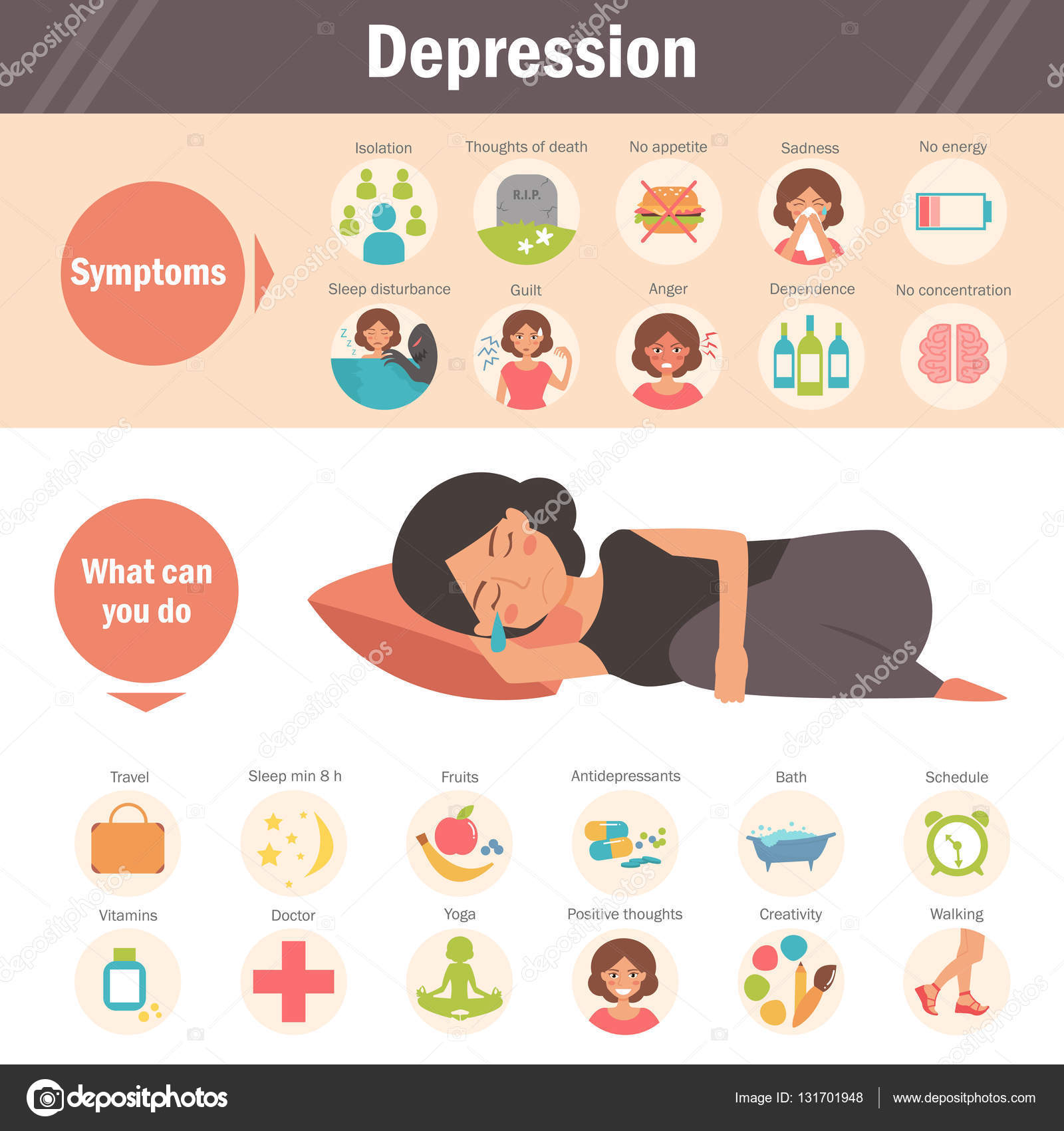 Obsessive symptoms that make you change your lifestyle and deliver a lot of discomfort, which often become the reason for numerous visits to doctors. The treatment ends, but the symptoms remain.
Obsessive symptoms that make you change your lifestyle and deliver a lot of discomfort, which often become the reason for numerous visits to doctors. The treatment ends, but the symptoms remain.
What can these violations indicate?
Feeling unwell, worsening symptoms, inexplicable manifestations from different body systems – respiratory, immune, nervous, digestive and others – are usually “written off” to the modern intense rhythm of life, constant emotional and physical overload, which provoke general fatigue, turning into chronic and reduced immunity. In fact, there can be many reasons for this condition, and very often the malaise is due to only one negative factor, for example, helminthic invasion. In order to accurately determine the cause of the ailment and also to find out whether there is an infection with parasites, you need to visit a general practitioner, gastroenterologist or immunologist-allergist.
If you suspect that it was the presence of parasites that caused the ailment, the doctor prescribes tests for the presence of parasites. There are several tests available to determine helminthiasis. Most of the treatment is quite specific: specific anthelmintic (anthelminthic) drugs are selected. If you ignore the problem, the presence of parasites in the body can lead to severe diseases and sad consequences.
There are several tests available to determine helminthiasis. Most of the treatment is quite specific: specific anthelmintic (anthelminthic) drugs are selected. If you ignore the problem, the presence of parasites in the body can lead to severe diseases and sad consequences.
Parasite infestation symptoms in adults
Infection with helminths in most adults is associated with children, and there is an explanation for this well-established opinion: helminthic invasions are really widespread in childhood, because small children may not follow the rules of hygiene, are in large children’s groups, and so on. However, helminthiases are also found in adults! Moreover, parasites in the body can cause symptoms that a non-medical person would never associate with a helminthic infestation.
For example, parasites can contribute to the development of allergies, since they themselves (and their metabolic products) are allergens, they also disrupt the functioning of immune defense mechanisms, which leads to a decrease in immunity. Various allergic reactions develop (runny nose, lacrimation, skin rash, swelling, diarrhea) to familiar foods, pollen, household dust, and they quickly increase. Against the background of changes in the immune system, frequent acute respiratory viral infections are observed, and general well-being worsens.
Various allergic reactions develop (runny nose, lacrimation, skin rash, swelling, diarrhea) to familiar foods, pollen, household dust, and they quickly increase. Against the background of changes in the immune system, frequent acute respiratory viral infections are observed, and general well-being worsens.
On the part of the digestive system, when infected with parasites, there are
- pain in the upper abdomen, near the navel,
- bloating often occurs,
- diarrhea,
- painful cramps in the lower abdomen,
- constipation,
- itching.
Such symptoms may indicate infection with roundworms, which live mainly in the small intestine, and therefore the listed discomfort develops. Painful cramps in the lower abdomen, constipation, itching in the anus are more characteristic of pinworm infection, as they are localized in the large intestine. With all helminthic invasions, appetite is disturbed, and it can not only disappear, but also increase.
Some helminthic invasions, for example, echinococcosis, opisthorchiasis, are asymptomatic.
Complications of helminthiases that develop without treatment include the following (some of them are listed):
anemia occur due to impaired absorption of nutrients from the intestines, assimilation of vitamins and proteins; studies show that even a mild degree of helminthic invasion can cause such disorders;
intestinal obstruction – mechanical blockage of the intestine, more common in children under 10 years old, but adult patients also appear in world statistics, intestinal obstruction can cause death;
bronchial obstruction (for ascariasis) and associated respiratory symptoms;
jaundice (for ascariasis) due to obstruction of the bile ducts.
Important!
An adult can become infected with parasites when eating unprocessed food (fish, meat) or insufficiently washed greens.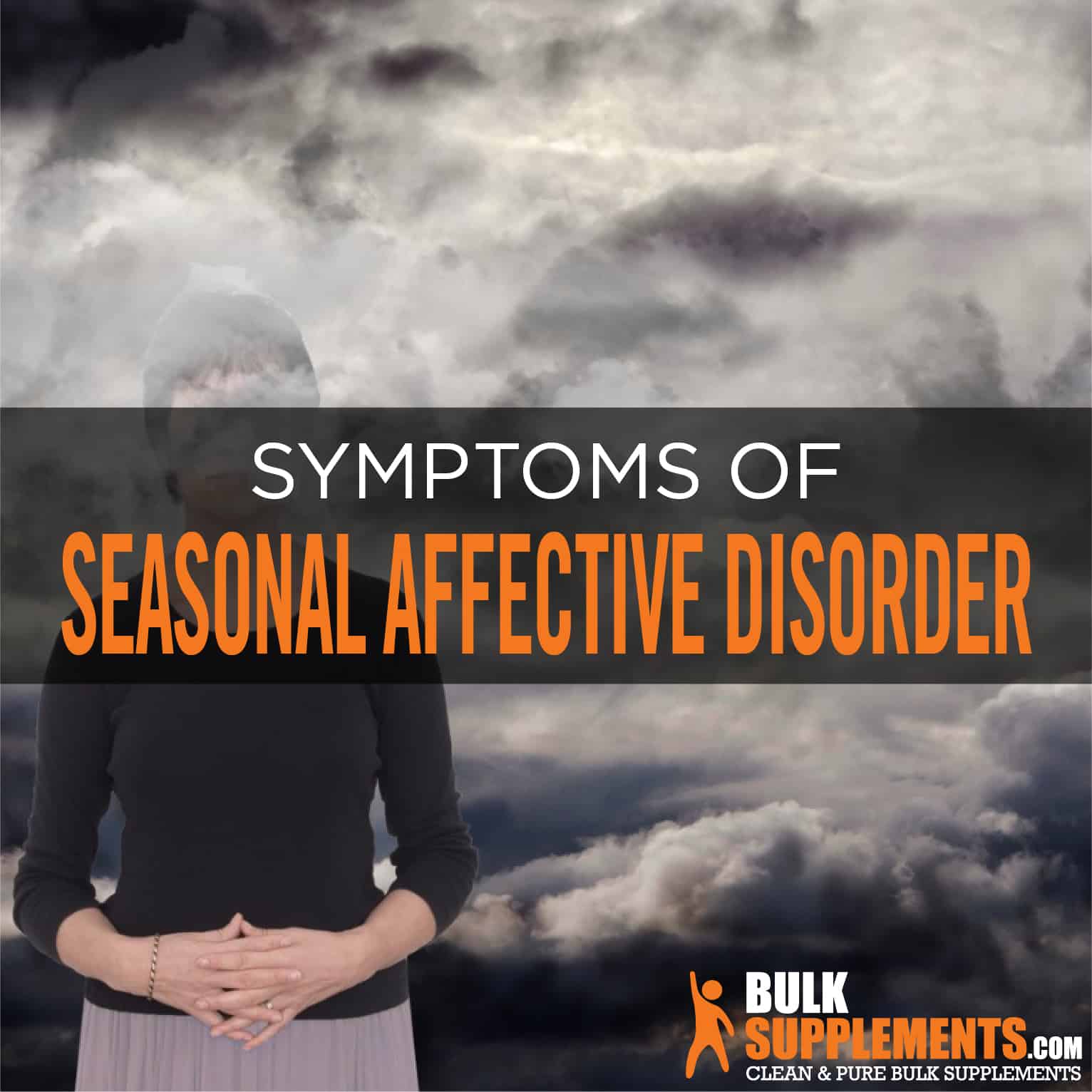 Dangerous helminths can enter the human body from pets – dogs, cats, turtles, etc. That is why even adults need to be periodically tested to detect helminthic invasion, especially if there are persistent symptoms from the digestive system.
Dangerous helminths can enter the human body from pets – dogs, cats, turtles, etc. That is why even adults need to be periodically tested to detect helminthic invasion, especially if there are persistent symptoms from the digestive system.
VIDEO ANSWER to the question of patients about the detection of parasites in the body
Diagnosis of helminthiases
Feces on worm eggs
Some helminthic invasions are extremely difficult to identify by feces, due to the characteristics of the life cycle of parasites, for example, with ascariasis, in such cases it is necessary to determine blood antibodies to helminths.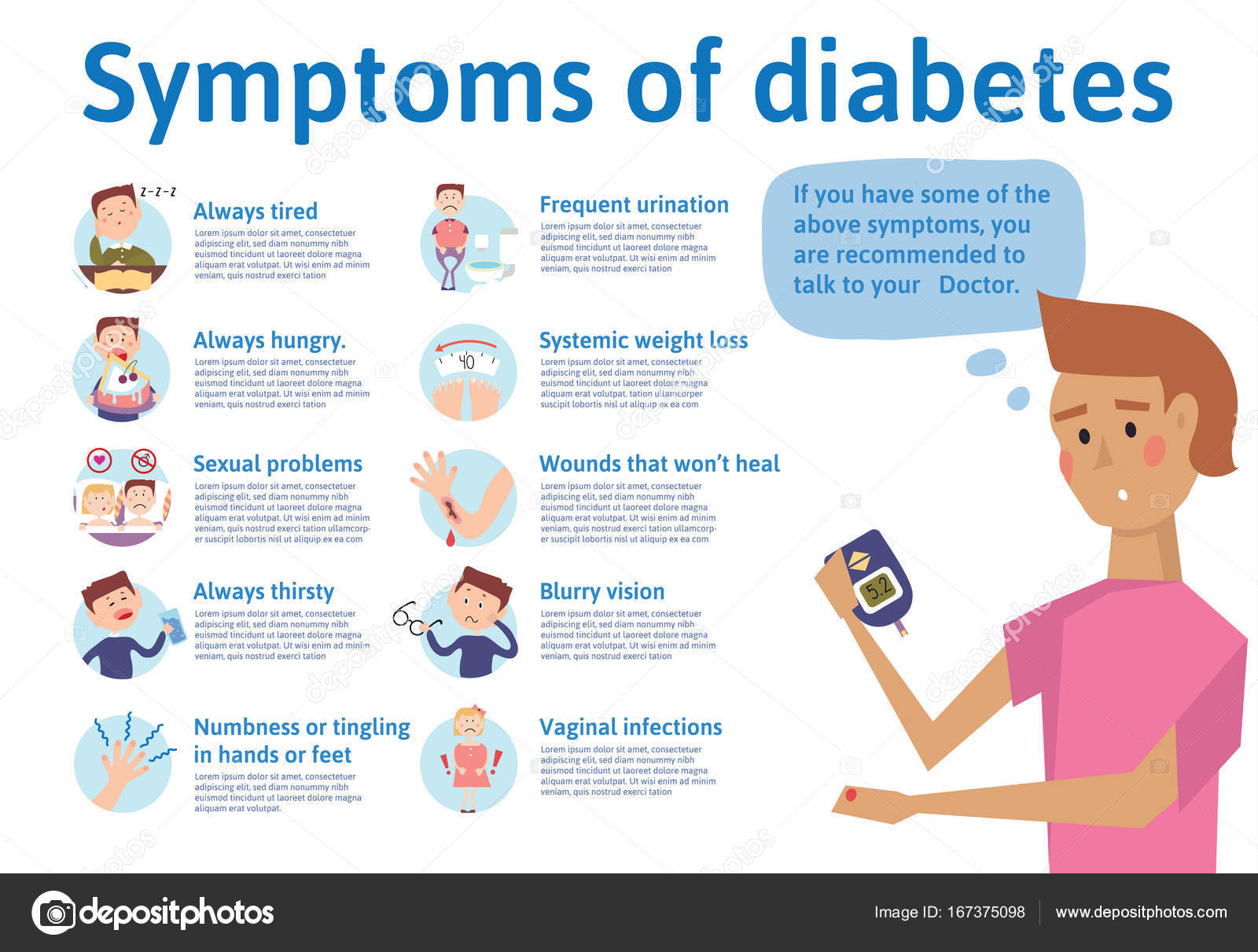 When pinworms are detected, the analysis is informative (accurate).
When pinworms are detected, the analysis is informative (accurate).
Blood test for detection of antibodies to helminths
These studies are assigned to determine the presence in the body of such pathogens as roundworm, toxocara and others. The analyzes are accurate and allow you to determine the presence of a parasitic infection.
Important!
At the end of treatment, it is necessary to verify its effectiveness (elimination of parasites) by conducting repeated studies.
Often conducted studies – specific tests for helminthic invasions, as well as general and biochemical blood tests, help to identify more dangerous health problems that require immediate treatment and can be fatal. For example, in conjunction with studies on helminthiases, tests are prescribed to identify hidden viral infections that cause serious harm to the body, weaken the immune system – for the Epstein-Barr virus, cytomegalovirus and others. That is why any analysis prescribed by a doctor can give him important information about the reasons for the patient’s poor health and will allow him to start targeted treatment in a timely manner.
That is why any analysis prescribed by a doctor can give him important information about the reasons for the patient’s poor health and will allow him to start targeted treatment in a timely manner.
Treatment of helminthiases in TN-Clinic
Despite all the trouble of the situation, most helminthiases are treated by using special medications. Modern antihelminthic drugs are well tolerated, do not give serious side effects and subject to the treatment regimen, individually selected by the doctor, taking into account the state of the body. Exact adherence to the rules for taking drugs guarantees the complete elimination of parasites from the body.
However, the treatment does not end there. It is necessary to eliminate the consequences caused by helminthic invasion in the body, so the doctor may prescribe drugs that improve digestion (enterosorbents, probiotics, anti-inflammatory drugs), antiallergic drugs, expectorants, antianemic (iron preparations), vitamin and mineral complexes and others. I would like to especially note that therapy is always strictly individual and depends on the characteristics of the body of each individual patient, so it is best to carry out treatment under the supervision of a physician.
I would like to especially note that therapy is always strictly individual and depends on the characteristics of the body of each individual patient, so it is best to carry out treatment under the supervision of a physician.
Cost
Prices for services
Name
Price
Gastroscopy
7200 r.
Sign up
The cost of a gastroenterologist appointment
3300 rubles.
Sign up
Ultrasound examination of the abdominal organs (complex)
3300 r.
Sign up
our Doctors
Gastroenterologists
Gadieva Diana Kazbekovna
Attentive doctor with extensive practical experience.
Read more
Make an appointment
FAQ
Frequently asked questions
01
How is the diagnosis of gastritis confirmed or excluded?
During gastroscopy, material (biopsy) is taken for histological examination. Based on the results of this study, the diagnosis is confirmed or not – “Gastritis”. This is the only way to confirm the diagnosis.
This is the only way to confirm the diagnosis.
02
What is the treatment for gastritis?
It all depends on the form of gastritis. Treatment may be medication or non-medication. For someone, a diet, physiotherapy treatment or special gymnastics will be enough. Some will need to take medication. Treatment can be prescribed by a doctor after a study (gastroscopy).
03
Is it possible to do gastroscopy during pregnancy and lactation?
Yes, you can.
04
Is it possible to undergo gastroscopy during menstruation?
Yes, you can. Menstruation is not a contraindication for gastroscopy.
05
How safe is gastroscopy?
Gastroscopy is safe. After it there are no complications.
Read also
Related articles
Gastritis. Is it just poor nutrition?
“Don’t eat a cheeseburger, don’t drink sweet soda, or you’ll get gastritis or an ulcer!” – Grandmothers say today to their unreasonable grandchildren.

